An interactive hundreds chart with multiple colour options, automated skip-counting and more!
Using an Interactive Hundreds Chart in the Classroom
No doubt you have printed hundreds charts in the classroom, but this digital and interactive hundreds version is a gamechanger for maths teachers. Set it up on your smartboard as a warm-up activity, or add it to your classroom routine when students are entering the classroom after a recess or lunch break — there are plenty of ways to use this tool!
The versatile nature of a hundreds chart interactive allows for:
- skip counting
- addition strategies
- identify missing numbers.

The Most Comprehensive Online Hundreds Board
This online hundreds chart has plenty of exciting features which open up the activity possibilities to keep your students engaged.
🧮 Animated Colours
Choose from a variety of colours, and select numbers on the board. Each number box will change to the chosen colour with a very satisfying animation.
🤖 Automated Skip Counting
Busy getting the final pieces of the lesson ready? We have you covered! Use the automatic skip-counting feature ,and have your students say the numbers as they are automatically highlighted. The default interval is one second, but you can change the speed of the count in the settings menu. Change the time to 0.5 seconds to give the students a challenge, or use the 0.1-second option to quickly show the patterns that occur with different skip counts.

🎉 Gamified Number Sequences
Selecting the ‘Check number sequence’ setting in the options menu brings in some gamified elements where students can select numbers in specific sequences to fill their background with colour!
When a student skip-counts from the first number — e.g. 2 — all the way to fill the board (100), a success message will display, and the number in the background will change to their chosen colour.

🎲 Random Number Picker
The dice button on the left-hand side will clear the board and will animate through numbers before landing on a random selection. Team this up with the black colour to create a missing number activity where students have to count on or count back one to determine the number.

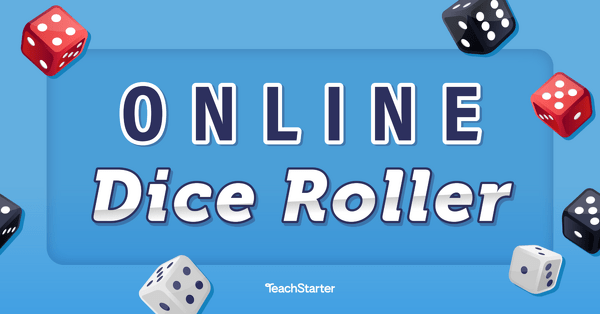
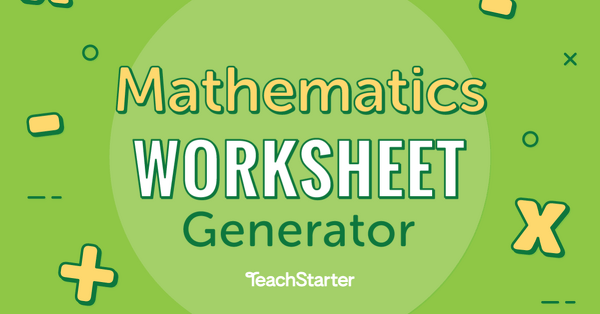


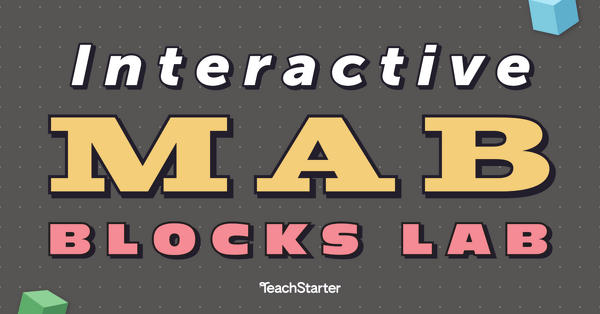
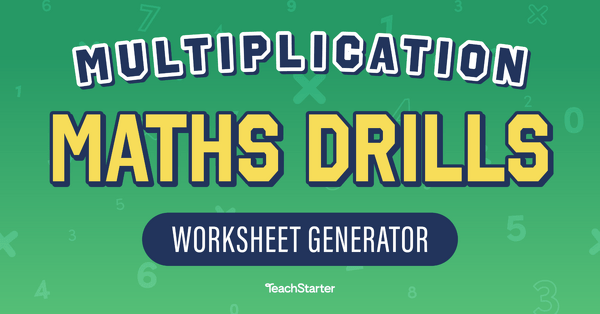
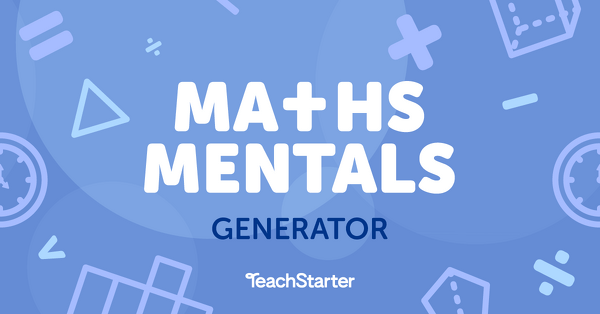
0 Comments
Write a review to help other teachers and parents like yourself. If you'd like to request a change to this resource, or report an error, select the corresponding tab above.